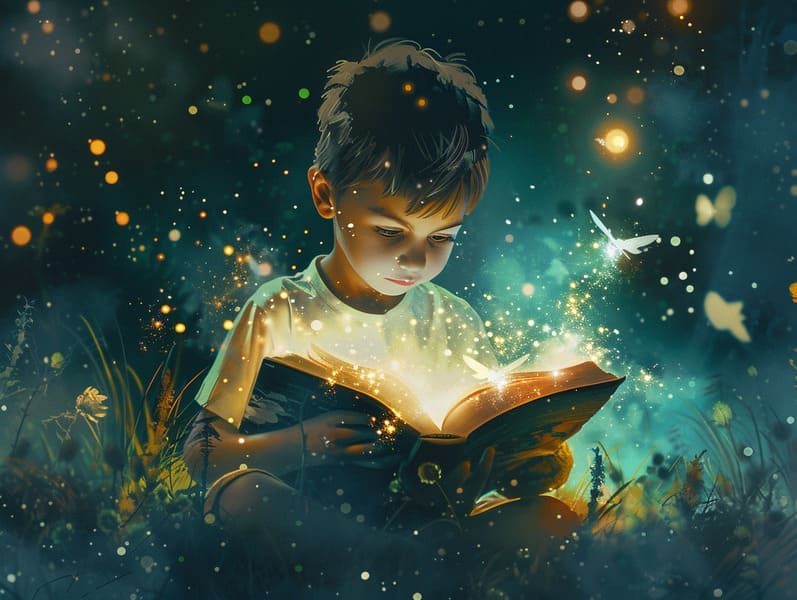The Genesis of Vintage Fairy Tales with the Persistent Mystique.
The Genesis of Vintage Fairy Tales with the Persistent Mystique.
Blog Article

Historical fairy tales have long histories. These narratives have been relayed from one generation to the next centuries before they were ever documented. They were born from a variety of cultures, including Indigenous traditions. They were initially passed along among elders, often carrying themes and messages reflective of the societal norms and beliefs of the time.
The famous Grimm duo, the two Grimm brothers, were among the first to collect many of these beloved stories. Their volume, "Grimm's Fairy Tales," included classics like "The Little Glass Slipper," "Little Brother and Little Sister," and "Snow White," which have since become essentials in the world of beloved fairy tales. Similarly, the Danish author's enchanting tales, such as "The Sea Maid," and "The Story of the Ugly Duckling," have captured hearts worldwide, solidifying their place in the pantheon of treasured fairy tales.
Even though they are old, classic fairy tales remain as meaningful as ever, especially as kids' bedtime tales. These delightful tales are now available in different formats, including vibrantly illustrated books, delightful animations, and digital fairy tales.
Their unwavering allure can be attributed to several charming aspects:
Vital Lessons: Timeless fairy tales often teach important moral lessons. Fairy tales like "The Wolf and the Liar" teach the virtue of truthfulness, while "The Hare and the Tortoise" illustrate the benefits of steadfastness and modesty. These narratives offer kids clear distinctions between virtue and vice, building their moral compass in a mild yet significant way.
Empathy and Understanding: Timeless fairy tales frequently illustrate individuals facing struggles and tests, motivating listeners to identify with their struggles and champion their triumphs. For instance, "The Story of Beauty and the Beast" reveals the importance of appreciating inner worth to understand the inner spirit of a individual, promoting tenderness and comprehension.
Cultural Understanding: Many timeless fairy tales are imbued with the cultural contexts from which they were born. Engaging with these tales can provide intriguing perspectives into different historical contexts, building a sense of world insight and acknowledgment.
Inventiveness and Fantasy: The whimsical elements in fairy tales—magical kingdoms—trigger children’s visions. These stories bring readers to mythical realms, engendering fantasy-filled thoughts and a sense of wonder that lasts a lifetime.
Classic fairy tales are not only fascinating but also edifying. They provide spellbinding tools in cultivating various cognitive and emotional skills in young ones. When traditional fairy tales here are voiced, they strengthen linguistic abilities by introducing new vocabulary and elaborate sentence structures. This practice also promotes auditory perception and mindfulness, as young readers listen intently, enthusiastic to see what happens next.
Furthermore, exploring the themes and characters of fairy tales can enhance evaluative skills and problem-solving abilities. Children are led to see patterns, predict happenings, and make sense of cause and effect. These reflections also promote little ones communicate their thoughts and feelings, fostering their emotional intelligence.
In today’s digital age, the accessibility of online fairy tales has made these tales more reachable than ever. Online resources and software give vast collections of Grimm's fairy tales that can be seen or listened via anytime, anywhere. Fairy tales read out loud are particularly sought after, presenting an interactive method for kids to take part in these enchanting tales. Sound books and spoken videos take characters and settings to life, often accompanied by captivating music and songs that boost the storytelling journey.
The persistent attraction of classic fairy tales lies in their ability to evolve to modern society while retaining their basic principles. Contemporary retellings of these tales often spotlight more varied protagonists and modern settings, making them familiar to today’s audience. However, the key lessons of spirit, humanity, and impartiality remain unchanged, continuing to touch kids of all ages.
Fairy tales also offer a sense of security and predictability. They furnish a well-arranged narrative with a definite beginning, middle, and end, often winding up with the ending of conflicts and the triumph of virtue over vice. This predictability can be calming for young readers, distributing a sense of consistency in an fluctuating world.
Timeless fairy tales continue to enchant and coach new generations, maintaining their wonder and pertinence in modern society. As children's bedtime stories, they grant access to a perfect blend of allure and teaching, aiding moral values, empathy, and creativity. The prevalence of web-based fairy tales and the widespread nature of fairy tales voiced certify that these traditional fairy tales remain accessible to new generations.
By retaining and recounting these fairy tales, we continue to honor the rich tapestry of inventiveness and cultural heritage. Whether you are experiencing a vibrantly illustrated book, seeing a web-based library, or hearing an voice book, the allure of classic fairy tales is always within reach. These fairy tales point out of the persistent ability of narratives and its ability to bond us across epochs and places.
Regardless if you are exploring a gorgeously illustrated book, seeing a digital collection, or hearing an read-aloud story, the splendor of traditional fairy tales is always within reach.
These tales point out of the eternal influence of stories and its ability to bind us across centuries and lands, making a tie that charms and informs alike.